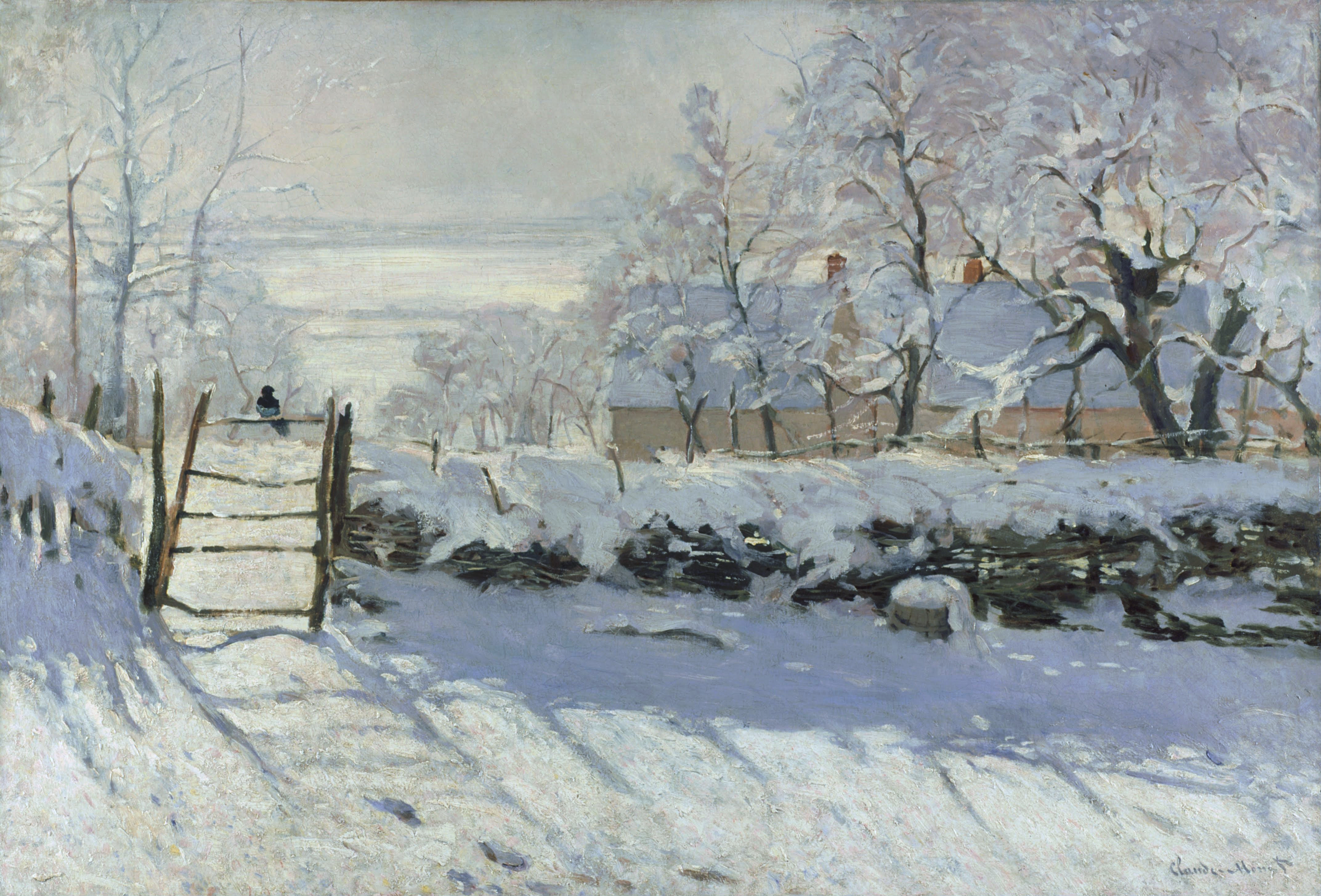The broad brush – We will start by defining the essence of Impressionism stylistically by studying paradigmatic artworks in order to identify key tropes and traits. Focus will be given to the predecessors of the Impressionists in the Barbizon School and the evolution of plein-air techniques which led to the genesis of Impressionism in the 1860s. Anti-Salon conventions and the precedent of the Salon des Refusés of 1863 will set the stage for contemporary scientific theories of colour, the influence of photography and Japanese prints. We will then move on to study the inaugural show of 1874 and the ensuing caustic criticism. An investigation into Manet and Degas’ relationship with the other Impressionists will lead us into a brief overview of the various exhibitions and the generic themes inherent within the Impressionist group’s works. The changing face of Paris from 1852 under Baron Haussmann and the creation of new spaces for leisure and entertainment will be considered. The boulevard, the café-concert, the train station and outdoor places of pleasure and leisure were amongst the new experiences that the Impressionists sought to capture. The major figures to be studied are Monet, Renoir, Sisley, Morisot, Cassatt and Pissarro with their preoccupation with ephemerality and fleeting effects. We will close by looking at the ‘crisis’ of Impressionism in the mid-1880s and the emergence of Neo-Impressionism, with Seurat’s Une Baignade, Asnières and Un Dimanche Après-Midi à l’Ile de la Grande Jatte setting the stage for the Post-Impressionist giants, van Gogh, Gauguin, Munch and Cézanne.
“Claude Debussy has been described as “the father of modern music”, a highly original composer whose works helped to forge a new musical language in the early years of the avant-garde. He befriended Symbolist poets and fellow composers in the Paris Salons, and the group of artists known as The Impressioinists. A parallel with this famous art movement can be found in some of Debussy’s music: the orchestral works “Nocturnes” and “La Mer” and in many illustrative piano pieces such as “La cathedrale Engloutie”, “Voiles” and “Des pas sur la neige”. A little time will be devoted to his innovative use of certain scales, modes and harmonies, his ground-breaking method of composition and his distinctive orchestral palette.”
Impressionist writers’ loyalty to the first impression, nature at a particular moment and reproduction without distortion or manipulation chimed with their counterparts in Monet et al. Similarly, their focus on transitional effects and the attempt to show changing reality and present, modern society accorded with the painters’ various preoccupations. An invested interest in technology had a direct impact on written communication, as writers such as Émile Zola sought to include scientific procedures in their literature. Authors began incorporating natural science into literature and “applauded the usage of art as an experimental instrument” (Zola). The position of the novelist became one of observation and experimentation rather than just written ideas, as epitomised by aesthete Charles Baudelaire, who promulgated hedonism and egalitarianism, claiming: “…any book which is not addressed to the majority – in number and intelligence is a stupid book.” Baudelaire also acknowledged the pressing conditions of the urban present in Les Fleurs du Mal, yet paradoxically celebrated the Heroism of Modern life from the perspective of the dandy or flaneur also.
Finer detail – Impressionism in Art – Part 1 An introduction to Impressionism Parent movement of Realism Progenitors of Impressionism En plein-airism and technological developments Manet and the Salon des Refusés Scientific colour theory The advent of photography The cult of Japan (Japonisme)
Impressionism in Art – Part 2 The inaugural show of 1874 Critics and criticism Haussmannisation and modern urban life Leisure and the sanitary revolution High Impressionism The series paintings The break-up of Impressionism Neo-Impressionism: the new avant-garde
Impressionism in Music Impressionism in music defined Debussy’s life and piano music Musical excerpts and illustrations
Impressionism in Literature Key themes and techniques Émile Zola and contemporaneity Baudelaire and Les Fleurs du Mal Baudelaire and The Painter of Modern Life
 Timing for the day:
09:30am Arrival and coffee
10:00am Session 1
11:15am Break and coffee
11:45am Session 2
13:00pm Lunch (provided)
14:00pm Session 3
15:30pm Close
Timing for the day:
09:30am Arrival and coffee
10:00am Session 1
11:15am Break and coffee
11:45am Session 2
13:00pm Lunch (provided)
14:00pm Session 3
15:30pm Close
To book your place please contact Katie at the following email address: katehewer@hotmail.com (07720775087) Payment details: Course cost is £55 per person for the day.


